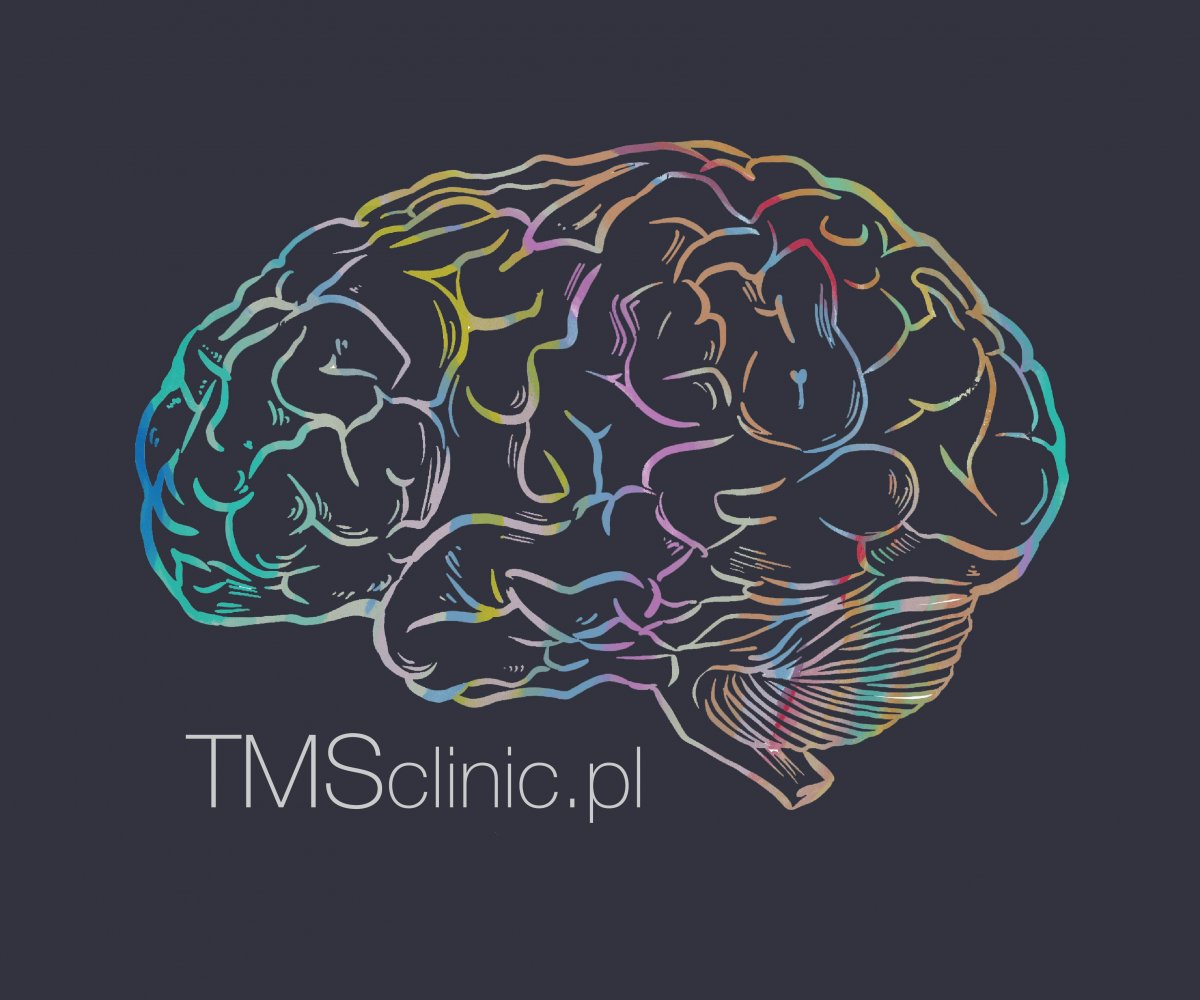Neuropathic pain
According
to research, pain is one of the most common symptoms with which patients seek
medical help. One particular type of pain is neuropathic pain, which affects up
to 10% of the general population. Compared to musculoskeletal pain, it is
usually more severe, has a greater impact on functioning, and is only partially
relieved by pharmacological treatment in 30-40% of patients.
Pain etiology
As
defined by the International Association for the Study of Pain, neuropathic
pain results from damage to the somatosensory part of the nervous system. It
arises from neuroplastic changes that occur as a result of dysregulation within
the central, peripheral and/or autonomic nervous system. These abnormalities
include nerve cell hyperactivity, peripheral and central sensitization,
inflammatory neurogenic edema, damage to pain control systems, and the
formation of pathological connections between different types of nerve fibers.
The
most common causes of neuropathic pain are a history of smallpox and hemiplegic
virus infection (hemiplegic neuralgia) and nervous system damage as a
complication of diabetes mellitus (diabetic neuropathy). Other causes of
dysregulation of the nervous system leading to neuropathic pain can be trauma
(phantom pain, neuropathic postoperative pain), stroke, compression, or
autoimmune diseases. Depending on the neuroanatomical location, neuropathic
pain can occur in different regions of the body.
Different types of pain
- allodynia - painful sensation of stimuli that in healthy people do not evoke a pain reaction (e.g. heat, touch, pressure)
- hyperalgesia - increased pain sensation in response to a stimulus that in healthy individuals causes pain of low intensity (e.g. a sting),
- hyperpathia - a delayed, very intense reaction to any pain stimulus.
Treatment
Pharmacotherapy
of neuropathic pain includes some antidepressants and antiepileptic drugs,
topical medications, followed by opioids and cannabinoids. Studies also
indicate a beneficial effect of ketamine, which, as an NMDA receptor
antagonist, prevents the development of central hypersensitivity and reduces
the intensity of pain sensations. Transcranial magnetic stimulation (TMS) in
the motor cortex stimulation protocol has also documented efficacy in the
treatment of neuropathic pain. By affecting neuronal pathways connecting
different regions of the nervous system, including the thalamus and spinal
cord, TMS influences the activity of pain modulating systems that are
associated with emotion, attention, and differentiation of sensory stimuli. It
also affects neurotransmitter systems important in pain control, such as
endogenous opioids, glutamate, GABA and dopamine.
Studies have shown that the application of high-frequency repetitive
transcranial magnetic stimulation to the region of primary motor representation
on the side opposite to the region of the body where the pain is felt can completely and
permanently eliminate symptoms in up to 80% of patients.
